China, a land of ancient wonders and breathtaking landscapes, offers a tapestry of experiences that blend rich history, vibrant culture, and awe-inspiring natural beauty. From the iconic Great Wall snaking across misty mountains to the serene rice terraces of Yuanyang, each destination tells a unique story. Here’s a curated guide to the top 10 places to visit in China, where every journey promises to be unforgettable.
1. The Great Wall of China – A Timeless Marvel
Stretching over 21,000 kilometers across northern China, the Great Wall is a testament to human ambition and engineering prowess. Built over centuries to defend against invasions, it now stands as a symbol of China’s enduring legacy.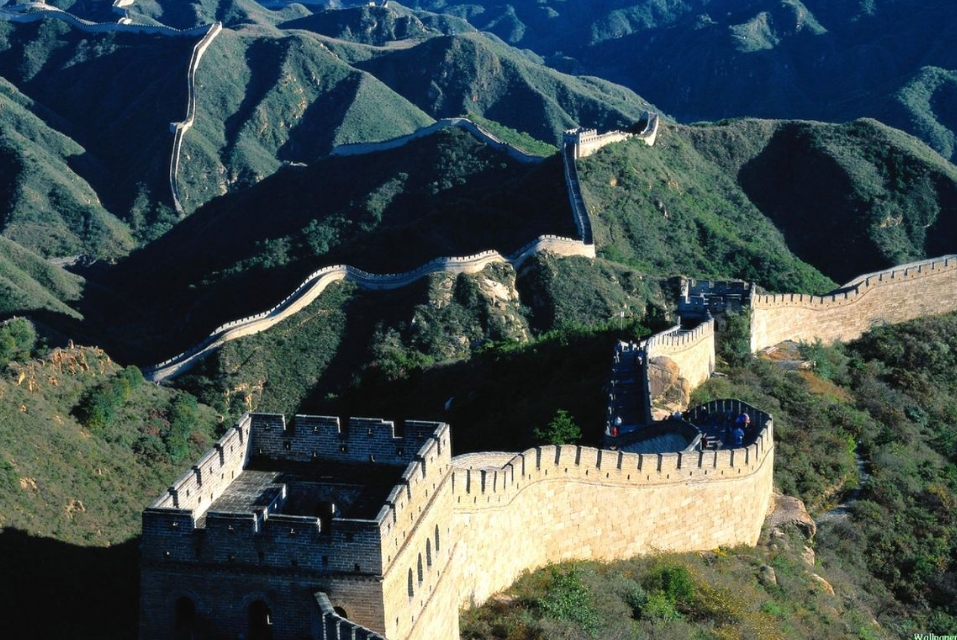

Key Highlights
- Badaling & Mutianyu: These restored sections near Beijing are popular for their accessibility and dramatic views. Badaling’s crowds give way to Mutianyu’s quieter, tree-lined paths, where cable cars offer panoramic vistas .
- Jinshanling & Simatai: For adventurers, these wilder, less-crowded sections showcase the Wall’s 原始 (untouched) charm. Simatai’s illuminated night tours under the stars are particularly magical .
- Historical Significance: The Wall’s construction involved millions of laborers, with stones weighing up to 2,000 kilograms transported by hand. Its strategic importance shaped China’s military history for millennia .
Travel Tips
- Best Time: Spring (April–May) and autumn (September–October) offer mild weather and fewer crowds.
- Pro Tip: Hike the Mutianyu to Jinshanling trail for a challenging yet rewarding experience, passing through watchtowers and untouched scenery.
2. The Forbidden City – Imperial Splendor
Located at the heart of Beijing, the Forbidden City served as the imperial palace for 明清 (Ming and Qing) dynasties from 1420 to 1912. This sprawling complex of 980 buildings is a masterpiece of traditional Chinese architecture, with golden roofs, red walls, and intricate carvings.
Key Highlights
- Hall of Supreme Harmony: The largest wooden structure in China, where emperors held grand ceremonies.
- Palace Museum: Houses over 1.8 million cultural relics, including imperial robes, jade artifacts, and ancient calligraphy .
- Symbolism: The layout follows feng shui principles, with the Meridian Gate (Wumen) facing south to symbolize imperial power.
Travel Tips
- Best Time: Early morning to avoid crowds. Book tickets online in advance.
- Pro Tip: Visit the Jingshan Park nearby for a stunning overlook of the Forbidden City’s golden rooftops against the skyline.
3. Terracotta Army – Guardians of Eternity
Buried underground for over 2,000 years, the Terracotta Army in Xi’an is a UNESCO World Heritage Site that unveils the mysteries of the Qin Dynasty. Over 8,000 life-sized clay soldiers, horses, and chariots guard the tomb of Emperor Qin Shi Huang.
Key Highlights
- Pit 1: The largest and most iconic, featuring rows of soldiers in battle formation.
- Emperor’s Tomb: Though unexcavated, its massive mound and surrounding burial pits hint at the emperor’s quest for immortality.
- Craftsmanship: Each soldier has unique facial features, hairstyles, and ranks, reflecting the Qin Dynasty’s obsession with detail .
Travel Tips
- Best Time: Avoid summer heat; spring and autumn are ideal.
- Pro Tip: Combine your visit with a trip to Huaqing Pool and the Big Wild Goose Pagoda for a deeper dive into Xi’an’s history.
4. Guilin & Yangshuo – A Landscape Painting Come to Life
Famous for its limestone karsts, emerald rivers, and rice paddies, Guilin and Yangshuo are the epitome of Chinese natural beauty. The Li River cruise from Guilin to Yangshuo is a must-do experience.
Key Highlights
- Li River Cruise: Pass through the Nine-Horse Fresco Hill and the Yellow Cloth Shoal, where the river mirrors the mountains—a scene immortalized on the 20 yuan banknote .
- Yulong River: Rent a bamboo raft for a peaceful float through rural landscapes, dotted with water buffalo and ancient bridges.
- Rice Terraces: Nearby Longji Terraces, carved into mountains over 650 years ago, are a UNESCO site and a photographer’s paradise.
Travel Tips
- Best Time: April–May and September–October for clear skies and lush greenery.
- Pro Tip: Cycle through Yangshuo’s countryside to visit villages like Yaozhuang and taste local specialties like beer fish.
5. Zhangjiajie National Forest Park – Avatar’s Floating Mountains
This UNESCO site in Hunan Province is a wonderland of quartz sandstone pillars rising from dense forests. Its otherworldly landscapes inspired the Hallelujah Mountains in James Cameron’s Avatar.
Key Highlights
- Avatar Hallelujah Mountain: The 1,080-meter-tall pillar, officially named the Southern Sky Column, is a highlight of the park.
- Huangshizhai & Tianzi Mountain: Cable cars offer bird’s-eye views of the forest and pillars, while the Glass Bridge (the world’s longest and highest) tests your courage .
- Caves: Huanglong Cave, with its underground rivers and stalactites, is a natural marvel .
Travel Tips
- Best Time: Spring (April–May) for blooming flowers; autumn (October–November) for golden foliage.
- Pro Tip: Stay overnight in Wulingyuan to avoid crowds and catch sunrise over the pillars.
6. Jiuzhaigou Valley – Nature’s Color Palette
Nestled in Sichuan Province, Jiuzhaigou is a UNESCO World Heritage Site renowned for its turquoise lakes, cascading waterfalls, and vibrant forests. The name “Jiuzhaigou” means “Nine Village Valley,” referring to the nine Tibetan villages in the area.
Key Highlights
- Five-Colored Pond: The clearest lake in Jiuzhaigou, where minerals create vivid hues of blue, green, and yellow .
- Pearl Shoal Waterfall: A broad, tiered waterfall that inspired the Journey to the West TV series.
- Seasonal Beauty: Spring brings wildflowers, summer offers lush greenery, autumn dazzles with golden leaves, and winter transforms the valley into a snowy fairy tale .
Travel Tips
- Best Time: October–November for peak autumn colors.
- Pro Tip: Start early to explore the valley’s remote areas before crowds arrive.
7. Lijiang Old Town – A Living Cultural Hub
This UNESCO-listed town in Yunnan Province is a labyrinth of cobblestone streets, canals, and wooden houses. It’s the heart of the Naxi ethnic minority culture, with a history spanning over 800 years.
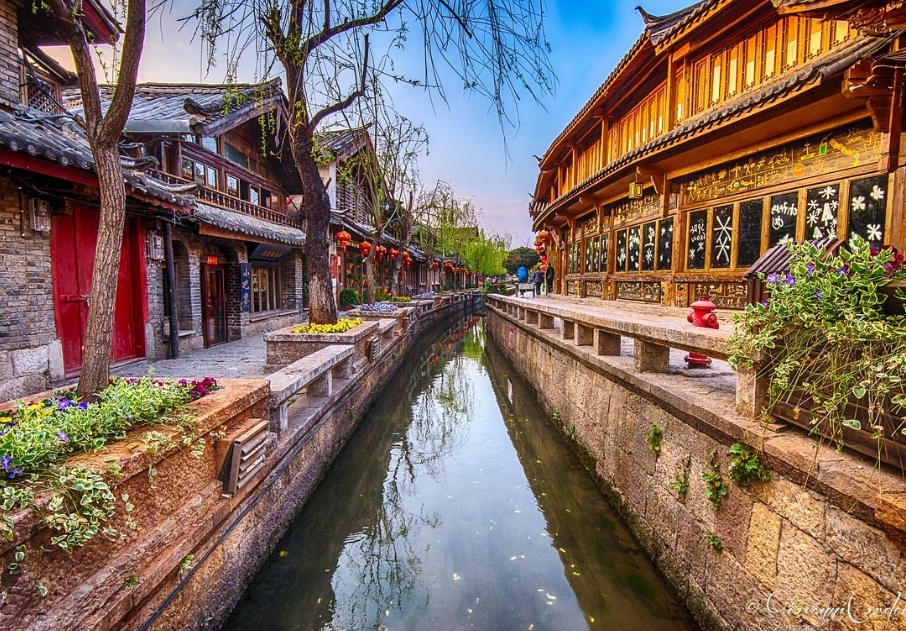 Key Highlights
Key Highlights
- Black Dragon Pool: A serene lake reflecting the Jade Dragon Snow Mountain.
- Mu Family Mansion: The former residence of the Naxi rulers, showcasing traditional courtyard architecture.
- Dongba Culture: Visit the Dongba Museum to learn about the Naxi’s ancient hieroglyphic script and religious practices .
Travel Tips
- Best Time: Spring (March–May) for mild weather and blooming flowers.
- Pro Tip: Attend a Naxi music performance to experience ancient melodies played on traditional instruments.
8. Mount Huangshan – The Essence of Chinese Art
Rising majestically in Anhui Province, Mount Huangshan is a UNESCO site celebrated for its odd-shaped pines, unique rocks, sea of clouds, and hot springs. Its landscapes have inspired poets and painters for centuries.
Key Highlights
- Ying Ke Pine: The iconic “Guest-Greeting Pine,” a symbol of Chinese hospitality, has stood for over 1,300 years.
- Bright Summit: The highest peak (1,864 meters) offers panoramic views of the surrounding peaks and clouds.
- Hot Springs: Relax in the Tangkou Hot Springs after a long hike, believed to have medicinal properties .
Travel Tips
- Best Time: October–November for clear skies and autumn colors; winter (December–February) for snow-capped peaks.
- Pro Tip: Hike the Beihai Scenic Area to see the “Flying Rock” and other iconic rock formations.
9. Potala Palace – Roof of the World
Perched on Red Hill in Lhasa, Tibet, the Potala Palace is a UNESCO site and the spiritual heart of Tibetan Buddhism. Built in the 7th century, it served as the winter residence of the Dalai Lama.
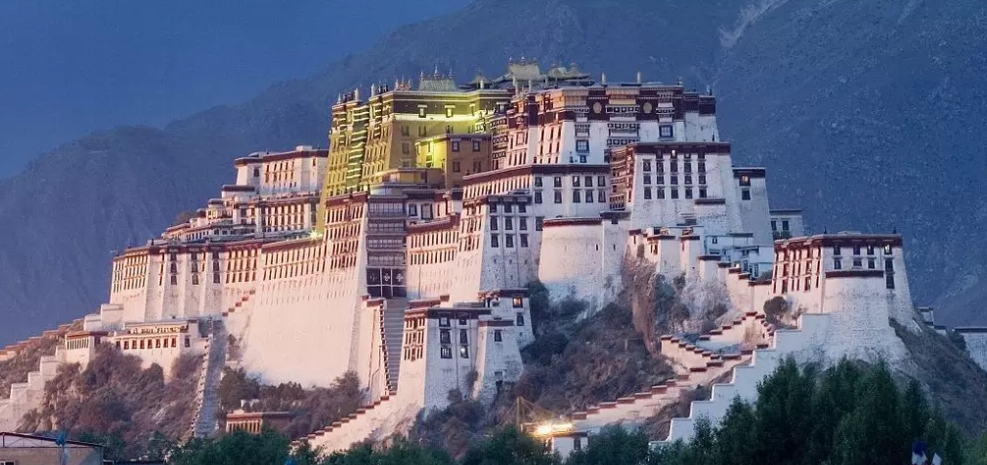 Key Highlights
Key Highlights
- White & Red Palaces: The White Palace houses administrative quarters, while the Red Palace contains sacred chapels and the tombs of past Dalai Lamas.
- Golden Roofs: Five gilded copper roofs shimmer in the sun, symbolizing the palace’s religious significance .
- Thangka Paintings: Intricate silk paintings depicting Buddhist deities and stories adorn the walls.
Travel Tips
- Best Time: May–October for mild weather. Acclimatize to Lhasa’s high altitude (3,650 meters) before visiting.
- Pro Tip: Join a Kora (circumambulation) around the palace to experience local spirituality.
10. Suzhou Gardens – Masterpieces of Serenity
Suzhou, known as the “Venice of the East,” is home to UNESCO-listed gardens that blend architecture, nature, and philosophy. These private retreats, built by scholars and officials, embody the “garden within a garden” concept.
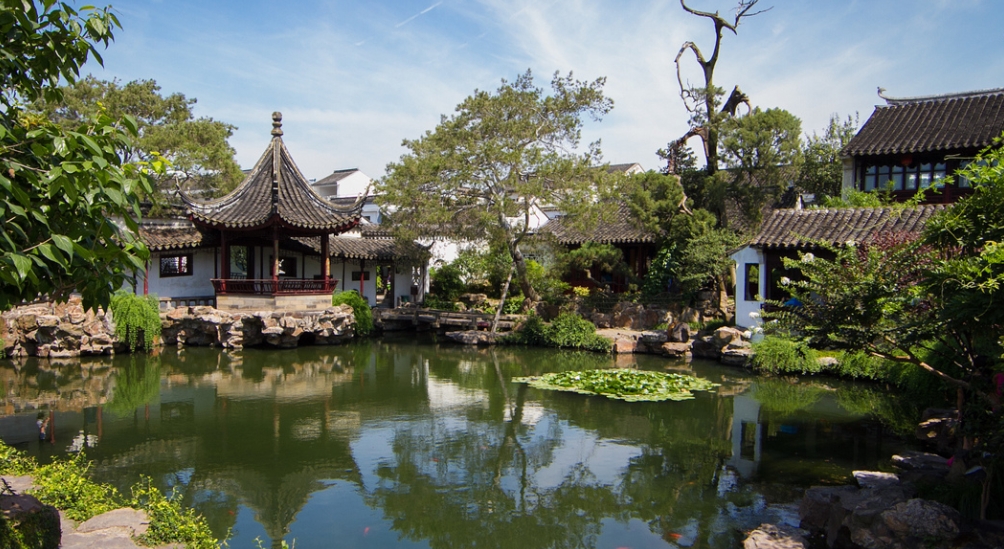 Key Highlights
Key Highlights
- Humble Administrator’s Garden: The largest and most famous, with winding canals, pavilions, and rockeries.
- Lingering Garden: Renowned for its stone carvings and “borrowed scenery” technique, framing distant views .
- Master of the Nets Garden: A compact gem with a tranquil courtyard and a lake reflecting the moon.
Travel Tips
- Best Time: Spring (March–May) for blooming flowers; autumn (September–October) for chrysanthemum displays.
- Pro Tip: Visit in the early morning to appreciate the gardens’ peace and avoid crowds.
Honorable Mentions
While the top 10 destinations dominate China’s tourism landscape, other gems deserve recognition:
- Yangtze River Cruise: Sail through the Three Gorges, marveling at cliffs and ancient towns .
- Chengdu Giant Panda Base: Get up close with China’s beloved pandas.
- Xinjiang’s Karst Landscape: Explore the Rainbow Mountains and Turpan’s grape valleys.
Conclusion
China’s diverse landscapes and rich heritage offer endless possibilities for exploration. Whether you’re hiking the Great Wall, cruising the Li River, or meditating in a Suzhou garden, each destination leaves an indelible mark. As you traverse this vast country, you’ll discover that China’s true beauty lies not just in its iconic landmarks, but in the stories they whisper and the cultures they preserve.
Embark on this journey, and let China’s wonders ignite your soul.


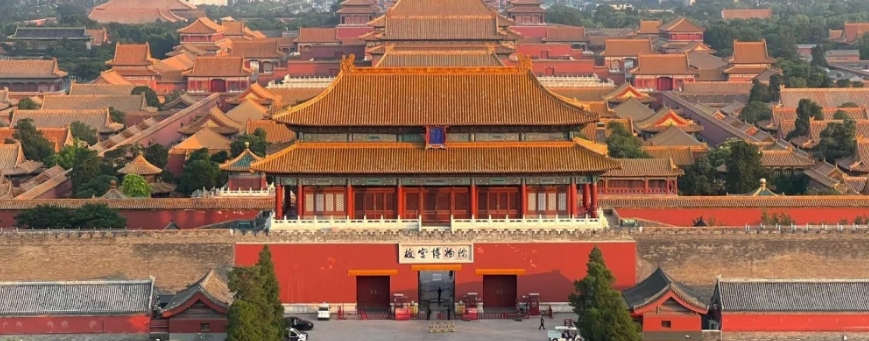
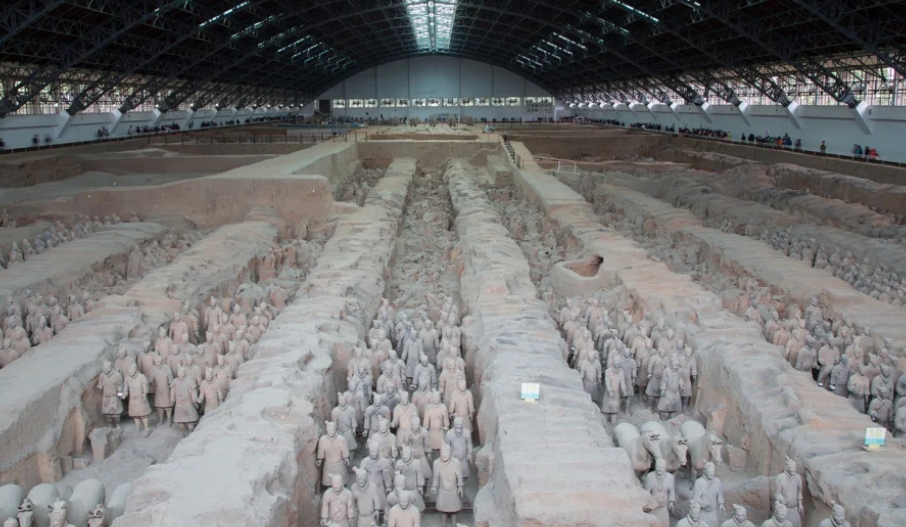
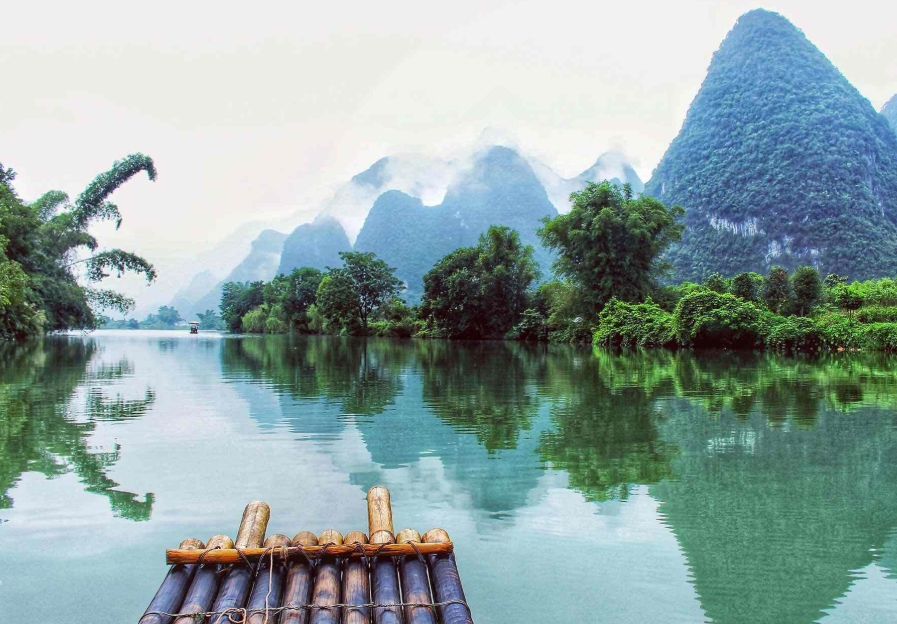
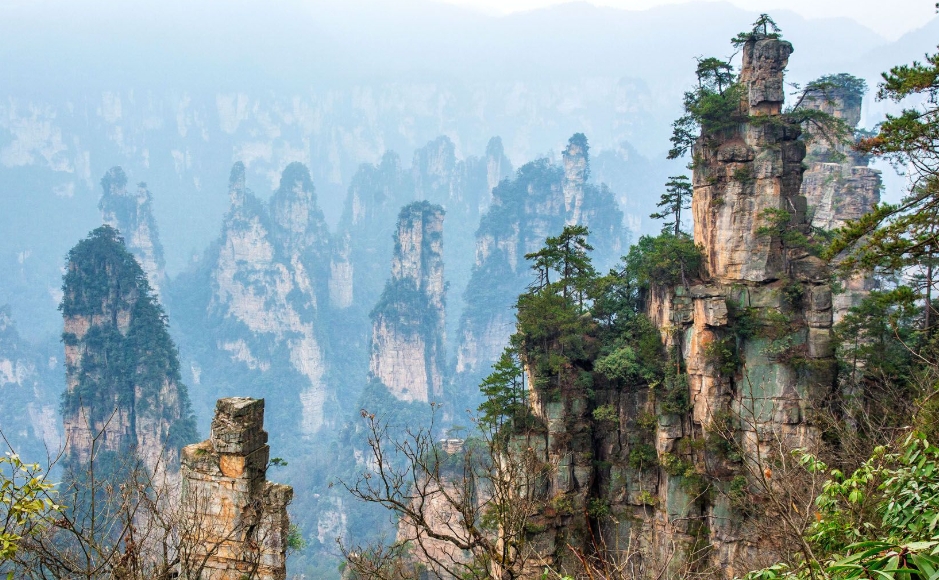
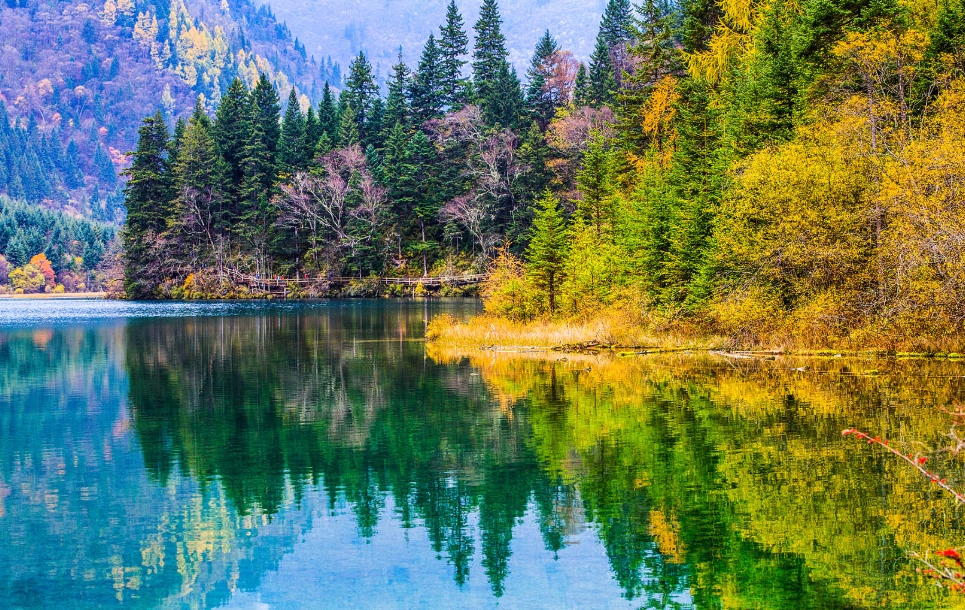

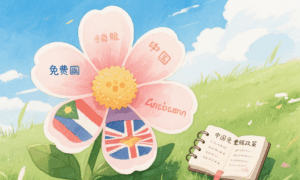

Leave a comment